Egg Allergy Size
Egg Allergy Market Growth Projections and Opportunities
The egg allergy market is influenced by several key factors that shape its growth and dynamics. Firstly, the increasing prevalence of food allergies, including egg allergy, drives demand for diagnostic tests, treatments, and related healthcare services. Egg allergy is one of the most common food allergies, particularly in children, and its prevalence has been on the rise in recent years. Factors such as genetic predisposition, early exposure to eggs, and environmental factors contribute to the development of egg allergies, leading to a growing need for medical interventions and management strategies.
Moreover, advancements in diagnostic technologies and allergy testing protocols play a crucial role in driving market expansion. As healthcare providers adopt more sensitive and specific tests for detecting egg allergies, such as skin prick tests, blood tests for specific IgE antibodies, and oral food challenges, the accuracy and efficiency of allergy diagnosis improve. Early and accurate diagnosis enables timely intervention and appropriate treatment, improving patient outcomes and driving demand for diagnostic tests and allergy management strategies.
Furthermore, regulatory factors influence the egg allergy market landscape. Regulatory agencies such as the FDA (Food and Drug Administration) in the United States and the European Medicines Agency (EMA) in Europe impose regulations on the approval, manufacturing, and marketing of allergy testing kits, medications, and immunotherapy products for egg allergy. Compliance with regulatory standards is essential for manufacturers to obtain market approval and ensure consumer safety and product efficacy. Changes in regulations or the introduction of new standards may impact market dynamics by affecting product development timelines and market entry strategies.
Additionally, market competition drives innovation and influences pricing strategies within the egg allergy market. With numerous pharmaceutical companies and diagnostic test manufacturers competing in the market, there's a constant push for the development of novel allergy treatments, diagnostic tools, and management protocols. Manufacturers strive to differentiate their products through factors such as efficacy, safety profile, ease of administration, and affordability. Price competition also plays a significant role in market dynamics, with manufacturers balancing product quality and pricing to remain competitive while maximizing profitability.
Moreover, demographic trends such as increasing awareness of food allergies and changing dietary habits impact market demand for egg allergy treatments and services. As public awareness of food allergies, including egg allergy, continues to grow, there's a greater recognition of the importance of early detection and management of these conditions. Additionally, changing dietary habits, such as the growing trend towards veganism and plant-based diets, may influence consumer preferences for egg-free alternatives and drive demand for allergy-friendly food products and medications.
Furthermore, economic factors such as healthcare expenditure and insurance coverage influence market dynamics and consumer access to egg allergy treatments and services. Countries with higher healthcare spending and better insurance coverage tend to have higher adoption rates of allergy testing kits, medications, and immunotherapy treatments for egg allergy. Economic downturns or fluctuations in disposable income levels may impact consumer purchasing decisions, leading to shifts in demand for healthcare-related products and services, including treatments for egg allergy.
Additionally, technological advancements in allergy immunotherapy and food allergy management drive market growth and adoption. Innovations such as oral immunotherapy (OIT), sublingual immunotherapy (SLIT), and epicutaneous immunotherapy (EPIT) offer patients alternative treatment options for egg allergy, reducing the risk of allergic reactions and improving quality of life. Digital health platforms and smartphone apps also play a role in facilitating communication between patients and healthcare providers, enabling better management and monitoring of egg allergy symptoms and treatment outcomes.
Lastly, public health initiatives and government policies promoting food allergy awareness and allergen labeling contribute to market expansion. Governments and healthcare organizations worldwide are increasingly investing in food allergy education programs, allergen labeling regulations, and allergy-friendly dining initiatives to raise awareness about food allergies and improve safety for individuals with allergies. These initiatives create a supportive environment for individuals with egg allergy and drive demand for allergy testing, treatment, and management products and services.
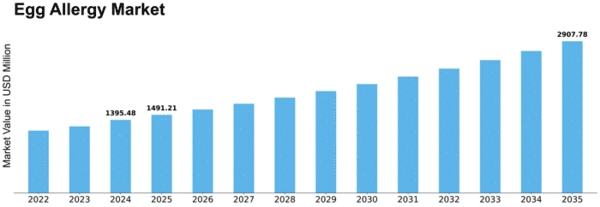

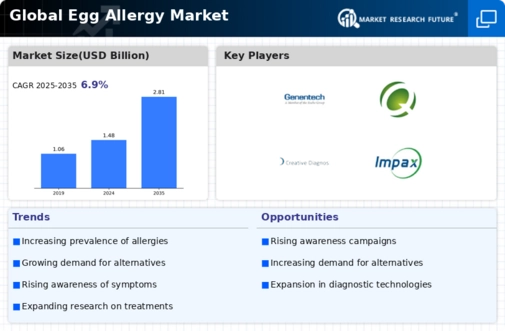
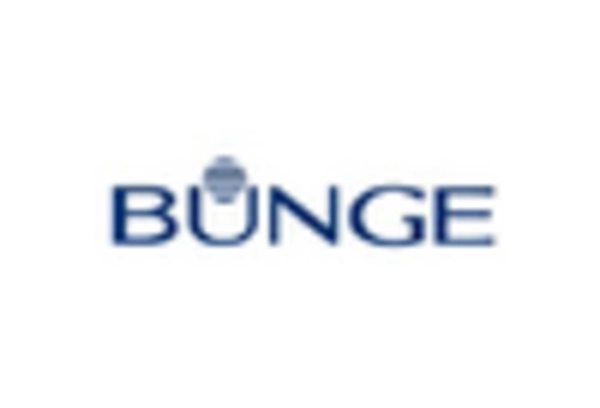
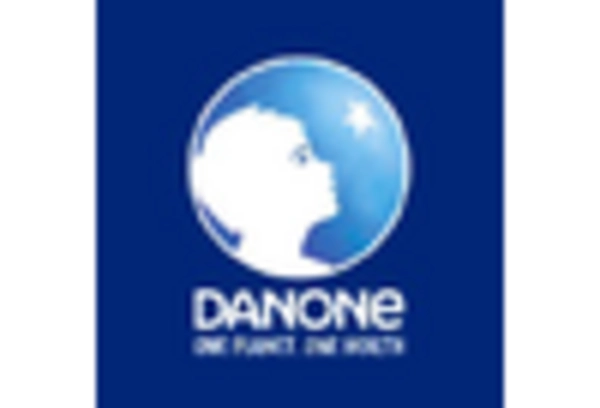

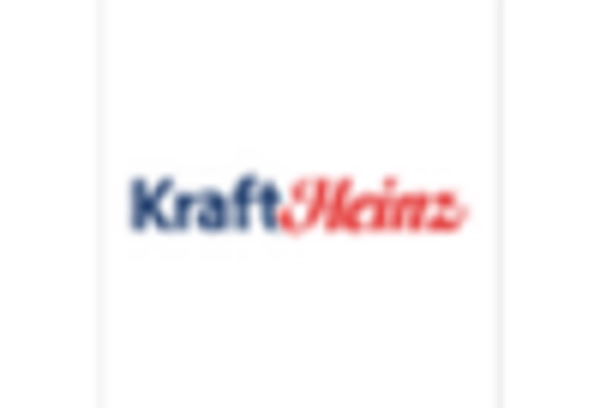











Leave a Comment